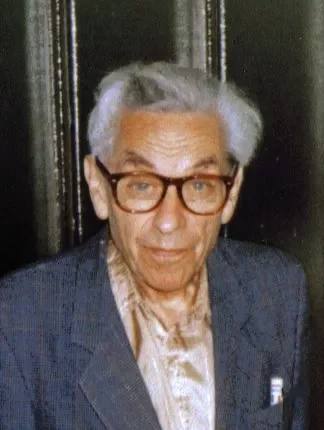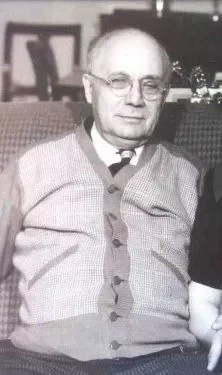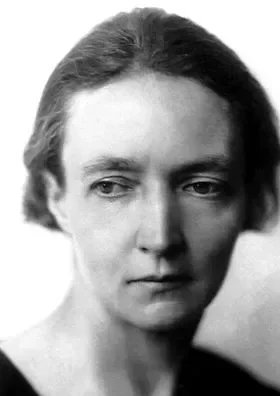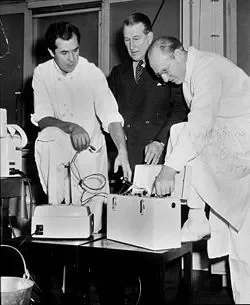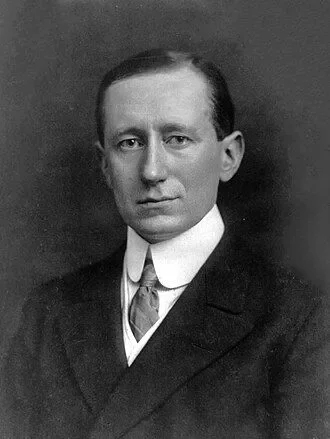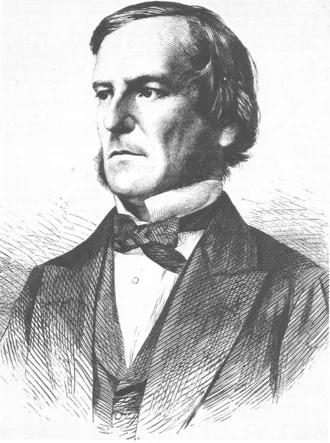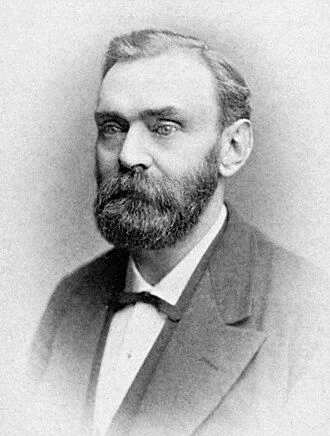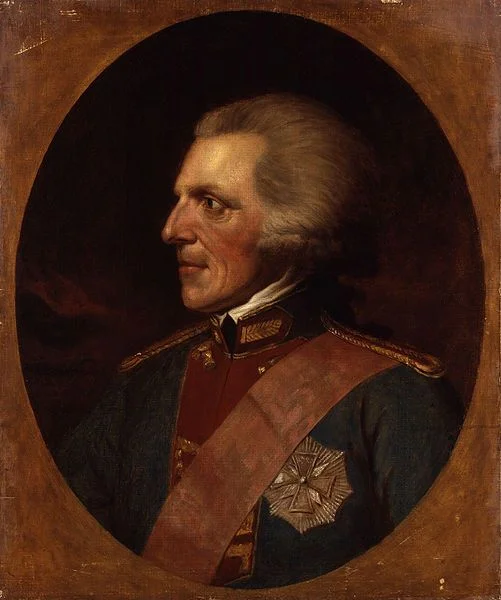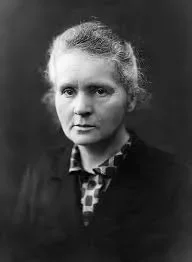Real Celebrities Never Die!
OR
Search For Past Celebrities Whose Birthday You Share
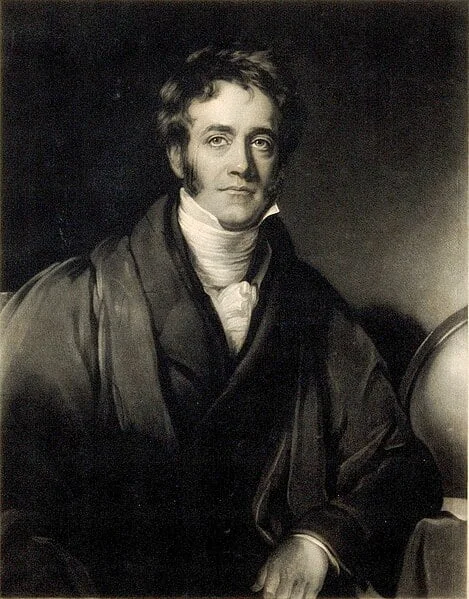
source:wikipedia.org
John Herschel
Birthday:
07 Mar, 1792
Date of Death:
11 May, 1871
Cause of death:
Unknown
Nationality:
English
Famous As:
Astronomer
Age at the time of death:
79
Early Life and Education
John Herschel, born on March 7, 1792, in Slough, Buckinghamshire, England, was a polymathic figure of the 19th century, making significant contributions to astronomy, mathematics, chemistry, and photography. His parents, Sir William Herschel, a renowned astronomer, and Mary Baldwin Herschel, nurtured an environment conducive to intellectual pursuits in the Herschel household.
Developing a Passion for Astronomy
Growing up surrounded by the cosmos and scientific inquiry, Herschel developed a keen interest in astronomy from an early age. He received a solid education, studying at Dr. Gretton’s School in Hitcham and later at Eton College. In 1809, he continued his studies at St. John’s College, Cambridge, where he delved into mathematics and received accolades for his academic prowess.
Collaborating with His Father
Herschel’s astronomical journey truly began when he joined his father in the observation of celestial bodies. Working collaboratively, they cataloged and discovered numerous deep-sky objects, contributing significantly to the understanding of the cosmos. Following in his father’s footsteps, John Herschel’s passion for astronomy intensified.
Expedition to the Southern Hemisphere
In 1820, John Herschel embarked on a scientific expedition to the southern hemisphere, a venture that proved instrumental in expanding astronomical knowledge. Settling in South Africa, he devoted himself to observing the southern skies, cataloging double stars, and discovering nebulae. His observations laid the foundation for the later work of astronomers studying the southern celestial hemisphere.
Contributions to Astronomy and Celestial Mechanics
Herschel’s contributions to astronomy extended beyond observational work. His mathematical acumen led to advancements in celestial mechanics, and he played a pivotal role in the development of the science of astrophysics. His publication, “Results of Astronomical Observations Made at the Cape of Good Hope,” solidified his reputation as a leading astronomer.
Innovations in Photography
In addition to his astronomical achievements, Herschel made significant strides in the field of photography. His experiments with light-sensitive chemicals and his invention of the cyanotype process contributed to the early development of photography. The cyanotype process, also known as blueprinting, became a widely used method for reproducing diagrams and technical drawings.
Personal Life and Family
On a personal level, Herschel’s life was marked by intellectual pursuits and scientific curiosity. He married Margaret Brodie Stewart in 1829, and the couple had twelve children. His familial responsibilities, however, did not deter him from his scientific endeavors.
John Herschel's Quote's
Recognition and Later Years
Herschel’s professional reputation extended beyond the scientific community. He received numerous accolades, including the Royal Astronomical Society’s Gold Medal, awarded in recognition of his exceptional contributions to astronomy. His appointment as the Master of the Mint in 1850 showcased his versatility and competence beyond the realm of science.
Death And Legacy
Tragically, John Herschel passed away on May 11, 1871, leaving behind a legacy that continues to influence astronomy and photography. His impact on the scientific community resonates through the Herschel Space Observatory, named in honor of both him and his father, which continues to explore the mysteries of the universe.
John Herschel’s life was a tapestry woven with intellectual curiosity, astronomical discoveries, and contributions to diverse scientific fields. His early exposure to the wonders of the cosmos, coupled with a rigorous education, set the stage for a lifetime of groundbreaking achievements. Beyond his astronomical pursuits, Herschel’s foray into photography and his role in the advancement of scientific processes further solidify his place in history as a true Renaissance figure of the 19th century.
Name:
John Herschel
Popular Name:
John Herschel
Gender:
Male
Cause of Death:
Unknown
Spouse:
Place of Birth:
Slough, Buckinghamshire, England
Place of Death:
Collingwood, near Hawkhurst, Kent, England
Occupation / Profession:
Personality Type
Logician: Innovative inventors with an unquenchable thirst for knowledge. He had an insatiable quench for knowledge and he was ready to take difficult choice for the sake of knowledge.
John Herschel came from a family deeply rooted in astronomy. His father, Sir William Herschel, was a prominent astronomer known for discovering the planet Uranus.
Herschel played a crucial role in the early development of photography. His experiments with light-sensitive chemicals led to the invention of the cyanotype process, a photographic printing technique that contributed to the field's advancement.
Herschel's decision to move to the southern hemisphere for observational work was groundbreaking. His observations of the southern skies greatly expanded astronomical knowledge, especially in cataloging double stars and discovering nebulae.
Knight of the Royal Guelphic Order
Lalande Medal
Copley Medal
Gold Medal of the Royal Astronomical Society
